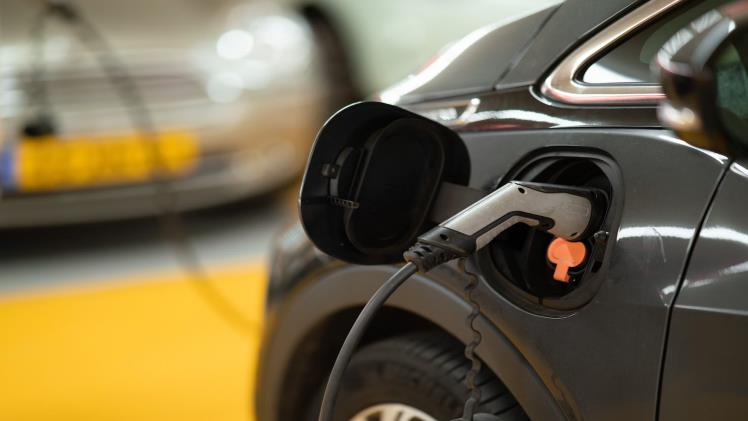Electric energy is everywhere – not so long ago, the natural reaction to an electric vehicle was to scoff and side into a gas vehicle instead. But the market has come a long way in a short space of time. It’s fair to say that electric vehicles have demanded our attention…and then some.
After buying a new electric vehicle from Cars4Us in Ayr, you’ll want to install the appropriate infrastructure for it at home.
Planning and Permits
The planning and permitting process for installing an electric vehicle charging point at home involves obtaining necessary approvals and adhering to local regulations and guidelines.
Before installing a charging point, individuals must first check with their local authorities to understand the permit requirements and any specific regulations that need to be followed. For instance, you can’t normally just go and add various fixtures and fittings without checking that it’s safe and up to standard first.
Of course, think about your budget too – unless you have an endless fountain of funds and money isn’t an issue. The amount you’ll pay will depend on your home, the type of point you want, and similar factors.
Electrical System Upgrades
Your home probably wasn’t built to charge a car – in fact, we can almost guarantee that it wasn’t. Therefore, you’ll need to think about the power demands and what it means for your amazing property. For one thing, the new point will need to comply with regulations – this might seem like a nuisance, but the last thing you want is a fire hazard just because you didn’t want to look into these concerns.
The electrical panel is one such area that will need the keen eye of a specialist – depending on your lovely home, the solution is to install a separate panel or install a larger one to accommodate the new demands. Also, the wiring and circuit breakers may need to be upgraded to support the increased power requirements.
In terms of safety regulations, electrical system upgrades must adhere to local building codes and standards. You don’t need to worry about this as a layperson, but if you’re interested in the technical side we’re talking about bonding, grounding, and more.
| Factors to Consider | Cost Implications | Safety Regulations |
| Electrical panel upgrade | – Cost of larger panel or separate panel | – Compliance with local building codes and standards |
| Wiring and circuit breakers | – Cost of upgrading wiring and circuit breakers to support increased power requirements | – Proper grounding and bonding |
| – Compliance with safety measures such as GFCI protection |
Choosing the Right Charging Point
Considerations for selecting an appropriate charging point include:
- Compatibility with the electric vehicle: Imagine installing an electric point and then finding out it doesn’t work with your vehicle. Avoid this embarrassment by working with experts.
- Charging speed: Different charging points offer varying charging speeds, ranging from slow charging (up to 3 kW) to fast charging (up to 50 kW). Charging speed determines the time required to charge the electric vehicle.
- Available infrastructure support: The accessibility of charging points in the area is crucial. With this in mind, consider the available infrastructure support.
When comparing costs, consider:
- Initial installation cost: The cost of installing the charging point.
- Ongoing maintenance costs: The cost of maintaining the charging point.
- Cost of electricity consumed during charging.
Installation Process and Considerations
First and foremost, it’s essential to plan ahead and allocate sufficient time for the installation, as it involves multiple steps such as site assessment, obtaining permits and approvals, and the actual installation of the charging point.
Furthermore, cost estimation is crucial in determining the feasibility of the installation. This includes not only the cost of the charging point itself but also any necessary electrical upgrades, such as panel upgrades or wiring modifications.
Always consult with a professional electrician to accurately estimate the total cost and ensure compliance with local regulations and safety standards.

